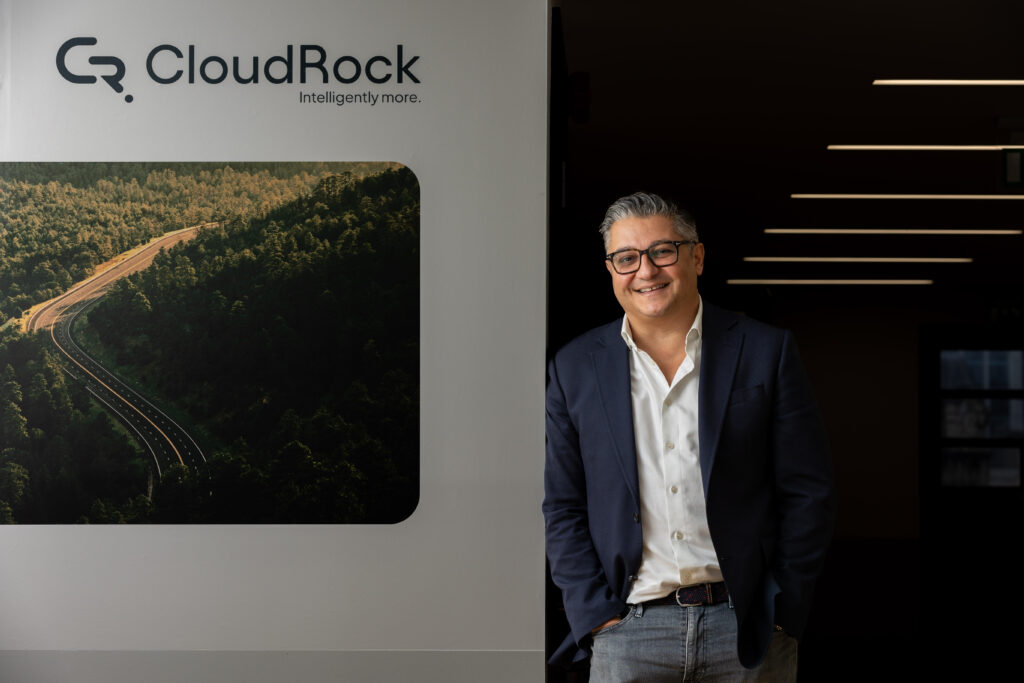The role of chief information officer (CIO) has been constantly evolving with the advancements and needs for all organisations to adopt a more digital approach. This is not just about how they engage with customers, citizens and users but in the way that they think about design, delivery and maintenance of all the technology deployed to achieve it.
Moving away from projects and programmes designed using more traditional methodologies and into a world of user centric iterative design requires a new mindset. New working practices and governance need to be adopted to satisfy an increasingly demanding and tech savvy society. This brings new challenges for the traditional IT models predicated on more mechanistic and longer-term planning to thinking shorter-term with outcomes being evolutionary. This means thinking about IT not in terms of projects and programmes to deliver an outcome determined before the inception of the activity to a more product-based approach. This extends to the ways in which the IT function provides support with a need for a more far reaching understanding of its core purpose.
In the arena of public services – where the need for co-operation and collaboration across multiple agencies and disciplines is vital – this has never been more essential. The CIO is no longer vested in just the impact and relevance of the work of their own organisation but on building a greater understanding across an increasingly broader landscape. This alone is challenging for any CIO without considering the need, as a leader, to translate this into effective operating models and to take the rest of the IT department on that journey of understanding and discovery also.
No silver bullet to resolve the need for high quality change and adoption to help organisations fully benefit from advances
Newer solutions, same challenges
The world of ERP is no exception in its need to evolve and operate in this modern way of thinking about technology and its application. For the CIO, any ERP project represents a major investment in people, time and cost requiring a major organisational focus to deliver and doing this in a digital age does not change that. As more ERP solutions move away from traditional local hosting and into the cloud there is an argument to say that the technology elements of ERP that would have pre-occupied IT in the past are becoming much easier. That could infer that ERP in a digital age should give the CIO more comfort than before. But this misses the core challenge. Newer solutions may be built and delivered using more modern technology but they still need to provide users with the functionality needed to do their jobs effectively. Therein are the same challenges that have always existed.
Change and adoption continues to be a key component of ERP programmes and so the landscape has not changed that much. The CIO still needs a highly effective team to deliver the solution into the business. But equally they need to ensure – by working with partners and colleagues involved in the programme – that the solutions are used effectively by all.
As a CIO considering the technology landscape for which they are ultimately responsible, there are fewer larger scale and more complex programmes of work than ERP. Engaging closely with senior professionals and teams in finance, human resources and procurement alone is daunting for a CIO and his team. To blend those departments and the interoperability needed for them adds even more complexity. Then add in the user base from the rest of the enterprise that needs to ‘dip in and out’ of the solution and the question of “what keeps you awake at night?” becomes a moot point!
Newer solutions may be built and delivered using more modern technology, but the same challenges exist
High quality change and user adoption
Even just the early steps to mobilise the programme with the right people with the right skills and the time is a headache. This is nothing, however, compared to the long-term headache that the CIO will endure if the users fail to be able to effectively use the final solution and the calls to the service desk flood in. All CIOs are acutely aware of the essential need for high quality change and adoption for everything that they deliver but in the world of ERP this is so extensive that the stakes are at their highest. The importance, actual effort and activities to achieve this are not always as clearly understood by others. Often this falls into the categories of either “there is no extra budget or people for all that work” or “it is pretty easy to understand so the users do not need that much support”. As a CIO this is the moment your heart sinks and you realise that your world – and that of the users – just got much harder and you know that it could be avoided.
In summary ERP in a digital age has made advances to its technology, usability and the quality of the solutions offered to professionals and users in the main. But it has not found any silver bullet to resolve the need for high quality change and adoption to help organisations fully benefit from all of those advances. So, a plea to all those key stakeholders and decision makers in all organisations to set the right budget and allocate the necessary resources at the outset and stick with it, many of the needs will be some way down the delivery path. Never lose sight of those who feel the pain of not doing the right thing, the evolution of the solution will soon be lost in the revolution of those in suffering because of it. And give the CIO a fighting chance at some quality sleep during the programme by not under-estimating the cost and need for that change and adoption. You will only reap the fullest benefits you can by doing it right.





